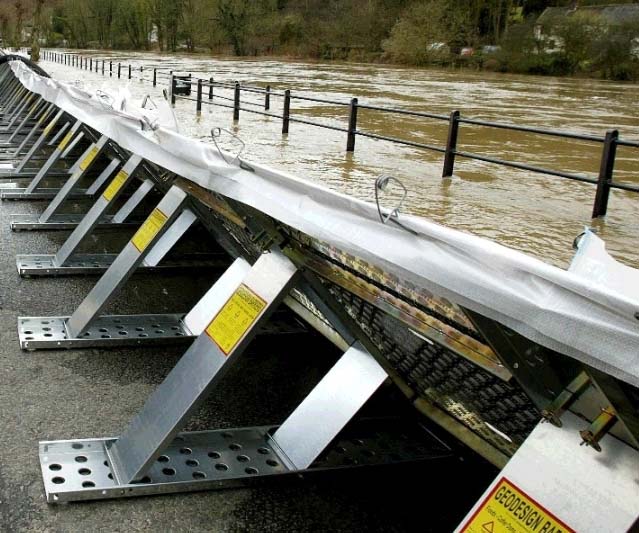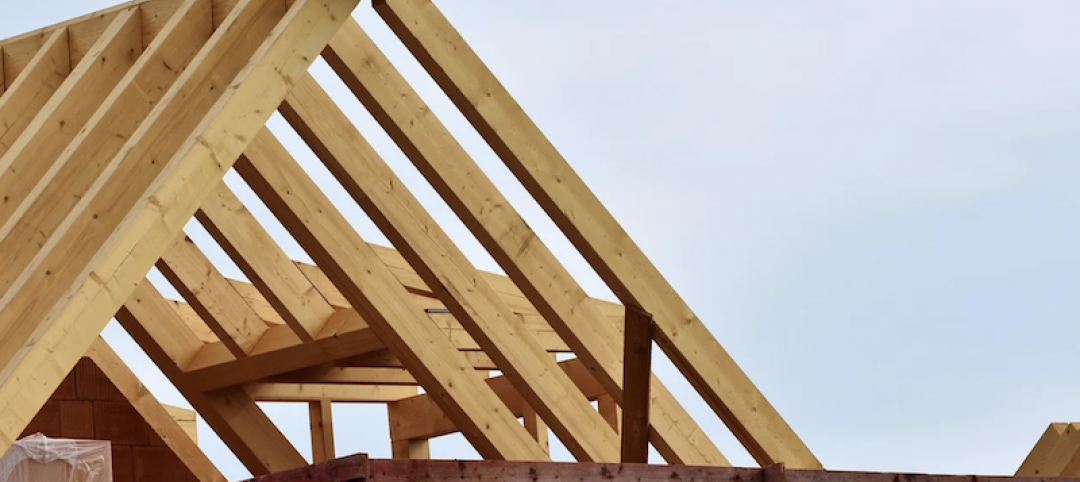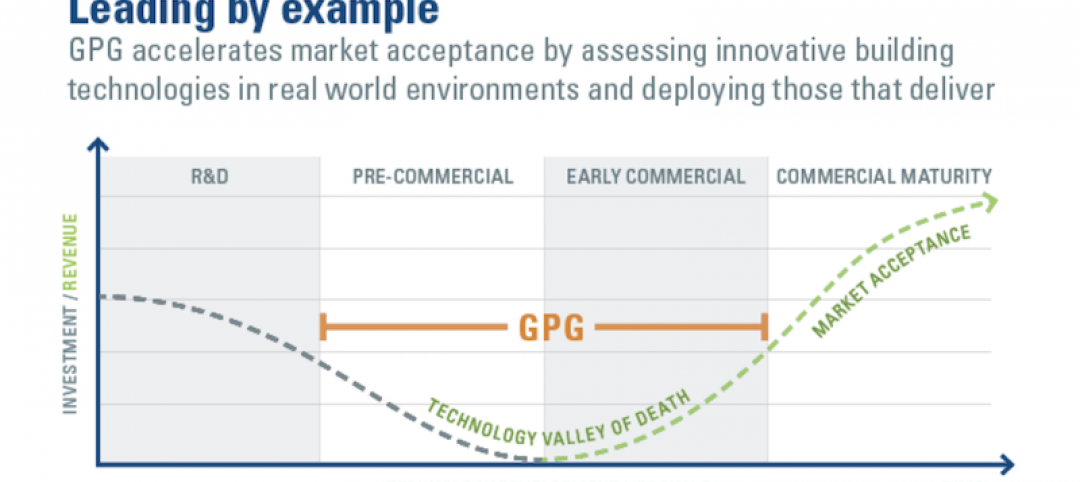Sea levels around Boston could rise as much as 7.5 feet by 2100, according to climate scientists. As a result, the city is at risk of significant flooding during high tides and normal rainfall let alone big storms.
The Urban Land Institute held brainstorming sessions over the last several months involving more than 70 engineers, architects, and development and insurance specialists to examine how rising sea levels would affect four representative areas in and around Boston. The group concluded that the area should consider building canals to absorb and divert water and higher sea walls for flood protection. It also called on called on municipalities to discuss ways to raise money for preparing vulnerable areas and to alter building and zoning rules to take the likelihood of flooding into account.
“We’re not going to start digging the canals tomorrow,” Brian Swett, Boston’s chief of energy, environment, and open space, told the Boston Globe. “But the report makes the important point that you can’t solve 6 feet of sea level rise simply by building a bigger dam on the Charles River.”
In the low-lying Alewife section of Cambridge, new residences might have to be concentrated into taller buildings with more space between them to make room for water infiltration. The report also suggested that retail shops be concentrated into a raised corridor to keep them above flood waters.
Related Stories
Codes and Standards | Dec 28, 2020
CSI and ASTM standards can now be connected through a central location
CROSSWALK web service accesses standards specific to projects from feasibility to turnover.
Codes and Standards | Dec 28, 2020
Dept. of Energy offers Better Buildings Field Validation Results Hub
One-stop-shop for information associated with technology validations in buildings.
Codes and Standards | Dec 28, 2020
2021 Defense Authorization Act includes mass timber provision
Directs defense, agriculture secretaries to review potential for wood frame construction on defense building projects.
Codes and Standards | Dec 28, 2020
New York City proposal would require rainwater detention tanks for new development
Rule would apply to projects on lots sized 20,000 sf or larger.
Codes and Standards | Dec 17, 2020
Energy efficiency as a service gaining ground as financing approach for adopting innovations
Building owners can invest in new technology with no upfront cost.
Codes and Standards | Dec 16, 2020
Resources available to address Legionella threat
Buildings reopened after extended pandemic closure are at risk.
Codes and Standards | Dec 16, 2020
New Specifications for Concrete Construction reference manual released
Scope expanded to include shotcrete, internal curing, mineral fillers, and recycled concrete aggregates.
Codes and Standards | Dec 15, 2020
Despite COVID-19 population flight, don’t write off big cities yet
Lure of urban life and jobs may draw people back after pandemic subsides.
Codes and Standards | Dec 10, 2020
Test method for vertical fenestration installation procedures updated
FGIA issues first update for document created in 2005.
Codes and Standards | Dec 10, 2020
Updated EPDs for Polyiso Roof and Wall Insulation; EPD for Polyiso High-Density Cover Boards published
Cover Boards EPD is an industry first.

















